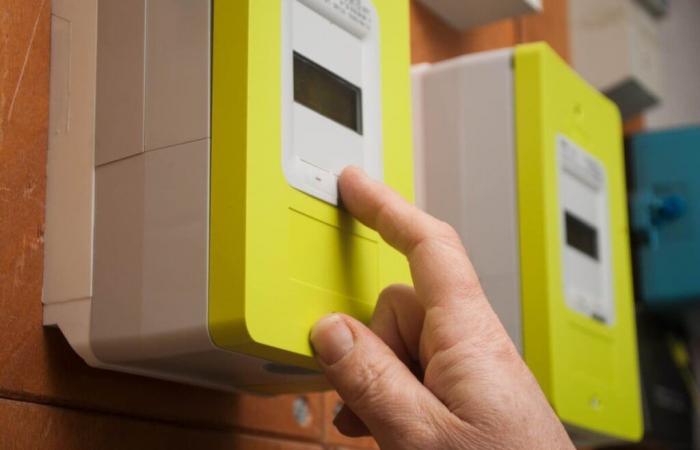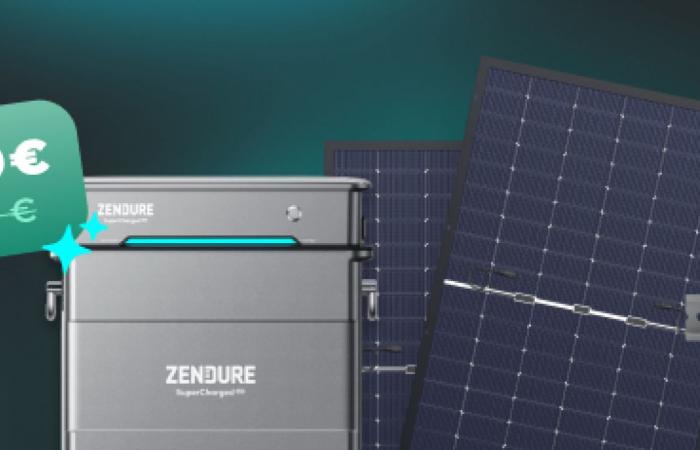End of game for the anti-Linky? From August 2025, refusing the smart meter will have a very real cost.
Resistance to Linky meters is entering its final phase. While 37.3 million French households are already equipped with this smart meter, Enedis is preparing its final offensive to convert the 2.1 million refractory people still equipped with traditional meters, some of which date from the 1960s.
The Energy Regulatory Commission (CRE) has unveiled its strategy for 2025, and it may not please everyone. From August 1, 2025, maintaining a traditional meter will have a direct cost for consumers: 41.58 euros per year minimum, payable every two months.



Storing solar energy has never been easier
No need to be an electrician to collect and store solar energy. Zendure's Hyper 2000 is a Plug & Play solution that is very easy to install at home… and capable of generating up to 600 euros of electricity per year!
This bill could even increase by an additional 25.08 euros for users who do not play the game of manually transmitting their statements.
A total which could therefore reach 66.66 euros annually, a significant increase compared to the current system which only charges 56.88 euros to users who do not transmit their consumption.


EDF
Blue rate
Regulated rate
0.2516 € / kWh
Subscription: €12.6/month
Discover


ENGIE
Elec Tranquility 1 year
Indexed rate
0.2489 € / kWh
Subscription: €12.71/month
Discover


TotalEnergies
Green Fixed electricity
Fixed rate
0.195 € / kWh
Subscription: €12.5/month
Discover
All electricity offers
Enedis’ justifications
Enedis justifies these new fees as “compensation” necessary to cover the costs of managing old meters. The company highlights the expenses linked to maintaining a parallel system, foot readings and the various necessary controls.
The CRE provides exemptions for around 180,000 meters. These cases concern situations where the installation of a Linky is technically impossible, particularly in areas requiring major adaptation work to the electricity network.
In short, the final decision from the CRE is expected at the beginning of 2025. It will determine not only the exact amount of additional costs, but also the precise conditions of application of these new measures.











